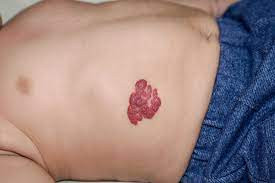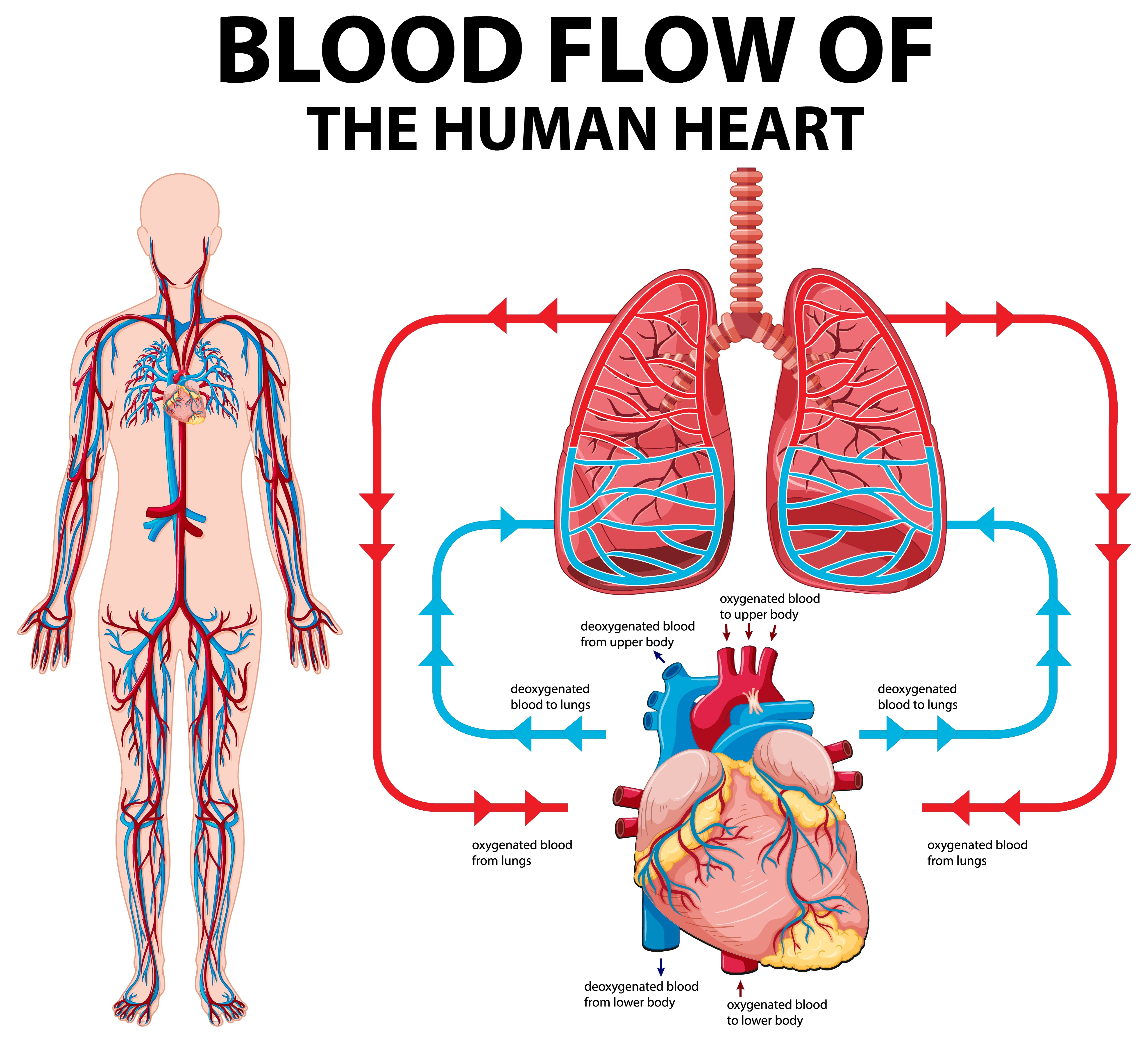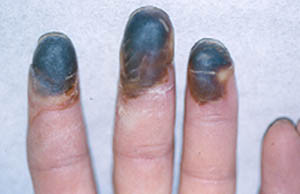Definition
Vascular anomalies are irregularities within the body's vascular system, which include arteries, veins, capillaries, lymph vessels, or combinations thereof. These irregularities cause abnormal development of blood vessels, appearing as either vascular tumors or malformations in blood vessels and/or lymphatic vessels. These conditions can lead to functional or cosmetic issues.
Typically, vascular anomalies are apparent at birth, though in some children, they may not become evident until later in childhood or even adolescence. Vascular anomalies are relatively common, with benign vascular tumors such as hemangiomas (which appear as red lumps) occurring in 1 in 10 full-term births. Accurate diagnosis is essential for forecasting the potential progression of the condition and determining appropriate therapeutic management.
Causes
The exact cause of vascular anomalies is generally unknown. They result from disruptions in the development of blood vessels while the fetus is still in utero. These developmental disruptions lead to an abnormal increase in the number of twisted and enlarged blood vessels that cluster in specific areas.
After birth, in cases where vascular anomalies form tumors, the cells lining the blood vessels can proliferate, causing the tumor to grow. Some vascular tumors in children exhibit growth cycles, where the tumor grows to maximum size before gradually shrinking.
Risk factor
Most vascular anomalies occur without a family history of the condition, although some rare types may be inherited. Genetic abnormalities have been confirmed as a cause in a small percentage of cases. Thus, a family history of specific vascular anomalies can increase the likelihood of similar conditions in offspring.
Hemangiomas, a type of blood vessel tumor, are more commonly found in females than in males. These tumors are also more frequent in premature infants and those with low birth weight.
Symptoms
Symptoms and signs of vascular anomalies vary depending on the type of anomaly. In infants and children, symptoms such as abnormal swelling or lumps are often noticeable. These lumps or swellings can appear anywhere on the body. Changes in skin color, which may darken over time, are a symptom of capillary vascular anomalies. Vascular anomalies are classified into two main categories: vascular tumors and vascular malformations. While they may appear similar, they are distinct and require different therapeutic approaches.
Vascular tumors
Vascular tumors may be located on the skin surface, beneath the skin, or both. Some vascular tumors have a growth cycle, enlarging until they reach a maximum size before shrinking. Typically, these tumors diminish as the child grows older.
Various types of vascular tumors include:
- Hemangioma: The most common vascular tumor in infants, generally growing for 6 to 12 months before beginning to shrink.
- Pyogenic granuloma (lobular capillary hemangioma)
- Glomangioma (glomus cell tumor)
- Kaposi's sarcoma
- Angiosarcoma
- Hemangioendothelioma (kaposiform hemangioendothelioma)
Vascular malformations
Vascular malformations may be present at birth but might not become apparent until several years later. Unlike vascular tumors, vascular malformations persist throughout life and grow slowly as the child matures. Hormonal changes during puberty can cause these malformations to develop further, and they may also increase in size due to injury or infection. The type of vascular malformation is often based on the affected blood vessels.
Surface malformations are often pink, red, blue, or purple, while deeper malformations may not show any color changes on the skin. Both types may cause swelling in the affected area.
Vascular malformations can cause pain if located in sensitive areas like the legs or arms, potentially disrupting movement and function. They can also lead to swelling and enlargement of the arms, legs, and genitalia. If the malformation is on the face, it may result in facial swelling, deformity, or issues with the tongue and speech.
Diagnosis
Vascular anomalies are generally diagnosed through medical history and physical examination. Radiological examinations provide additional information regarding the severity of the anomaly, assist in confirming the diagnosis, and determine the type of vascular anomaly. Commonly used imaging techniques include ultrasound and MRI, though catheter angiography or other radiological methods may be utilized as needed.
Abnormal tissue growth may be biopsied for microscopic examination, although this is usually not required for diagnosis. If a genetic abnormality is suspected as a potential cause, genetic testing may be conducted.
Management
Treatment recommendations vary based on the type of vascular anomaly. If the anomaly does not cause pain or discomfort, interfere with daily functions, or lead to complications, specific therapy may not be necessary.
Sclerotherapy
For complex lymphatic and venous malformations, sclerotherapy is often performed. This treatment involves injecting a substance that shrinks the abnormal tissue.
Surgical Procedures
In some cases of vascular tumors and complex lymphatic and venous malformations, surgical removal of the affected vascular area may be required, particularly for large masses.
Additionally, hemangiomas that do not shrink completely after other treatments may be reduced in size or removed entirely through surgery. The remaining small blood vessels on the skin (telangiectasia) can be treated with laser therapy. When considering surgery for vascular anomalies, potential scarring or post-surgical deformities should also be considered.
Medications
Complex vascular malformations may be managed with medications such as rapamycin, an immunosuppressant that can control blood vessel growth.
Complications
Complications of vascular anomalies vary depending on their type and location. Common complications include:
- Bleeding
- Cosmetic issues, particularly if located on the face
- Functional disturbances if affecting critical body areas such as hands, feet, or mouth
Prevention
As the causes of vascular anomalies are not well understood, specific prevention strategies for these conditions are not yet available.
When to see a doctor?
Doctors typically seek to further diagnose newborns with swelling or lumps. If your child exhibits abnormal lumps or skin color changes, it is advisable to consult a physician.
Looking for more information about other diseases? Click here!
- dr Hanifa Rahma
Vascular Anomalies | Children's Hospital of Philadelphia. Chop.edu. (2022). Retrieved 31 March 2022, from https://www.chop.edu/conditions-diseases/vascular-anomalies.
Arteriovenous malformation - Symptoms and causes. Mayo Clinic. (2022). Retrieved 31 March 2022, from https://www.mayoclinic.org/diseases-conditions/arteriovenous-malformation/symptoms-causes/syc-20350544.
Vascular Anomalies. Hopkinsmedicine.org. (2022). Retrieved 31 March 2022, from https://www.hopkinsmedicine.org/health/conditions-and-diseases/vascular-anomalies.
Multidisciplinary Management of Vascular Anomalies: Practice Essentials, Pathophysiology, Etiology. Emedicine.medscape.com. (2022). Retrieved 31 March 2022, from https://emedicine.medscape.com/article/1017694-overview#a2.
Ricci, K. (2017). Advances in the Medical Management of Vascular Anomalies. Retrieved 08 April 2022, from https://www.ncbi.nlm.nih.gov/pmc/articles/PMC5615390/.












